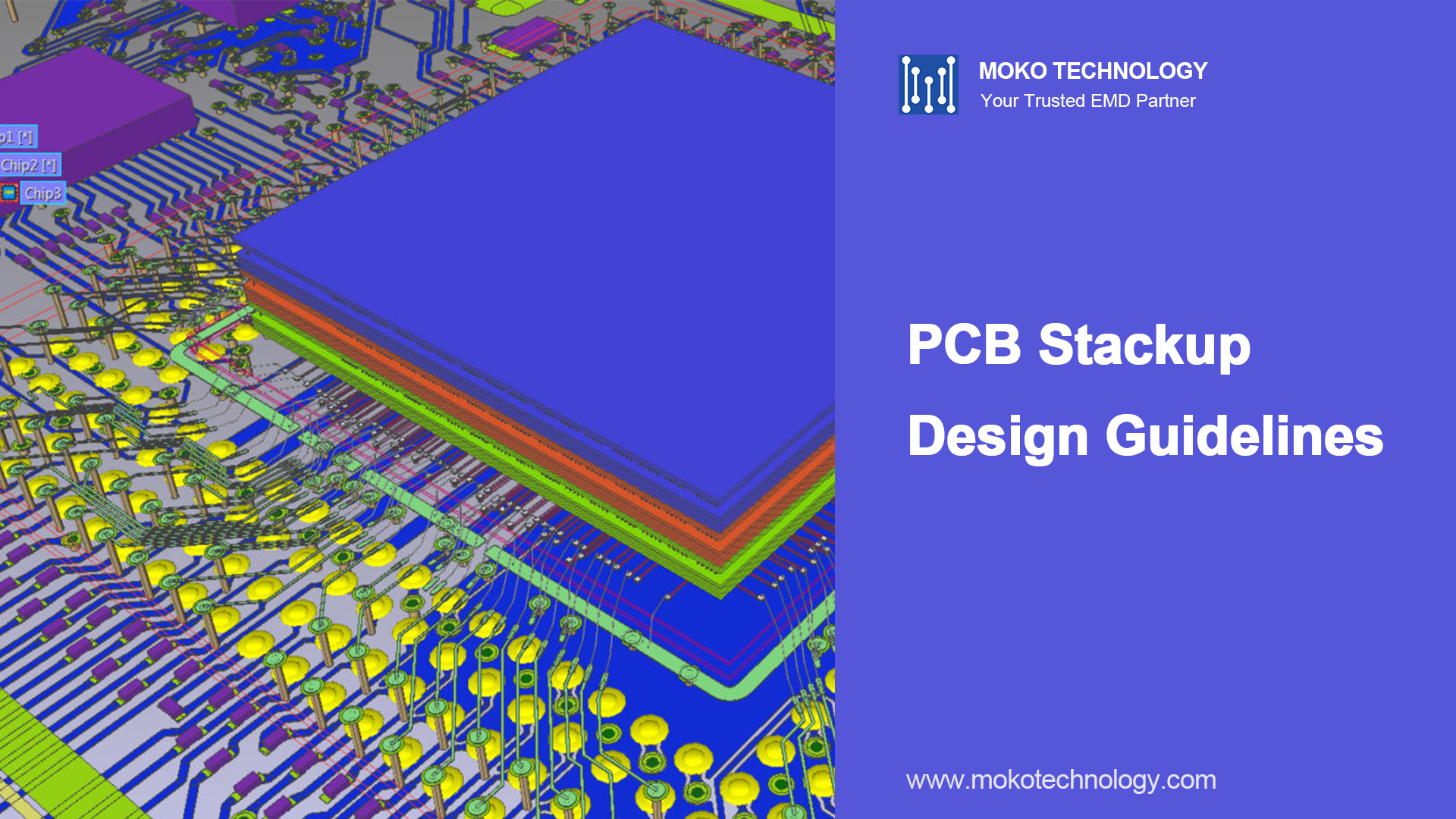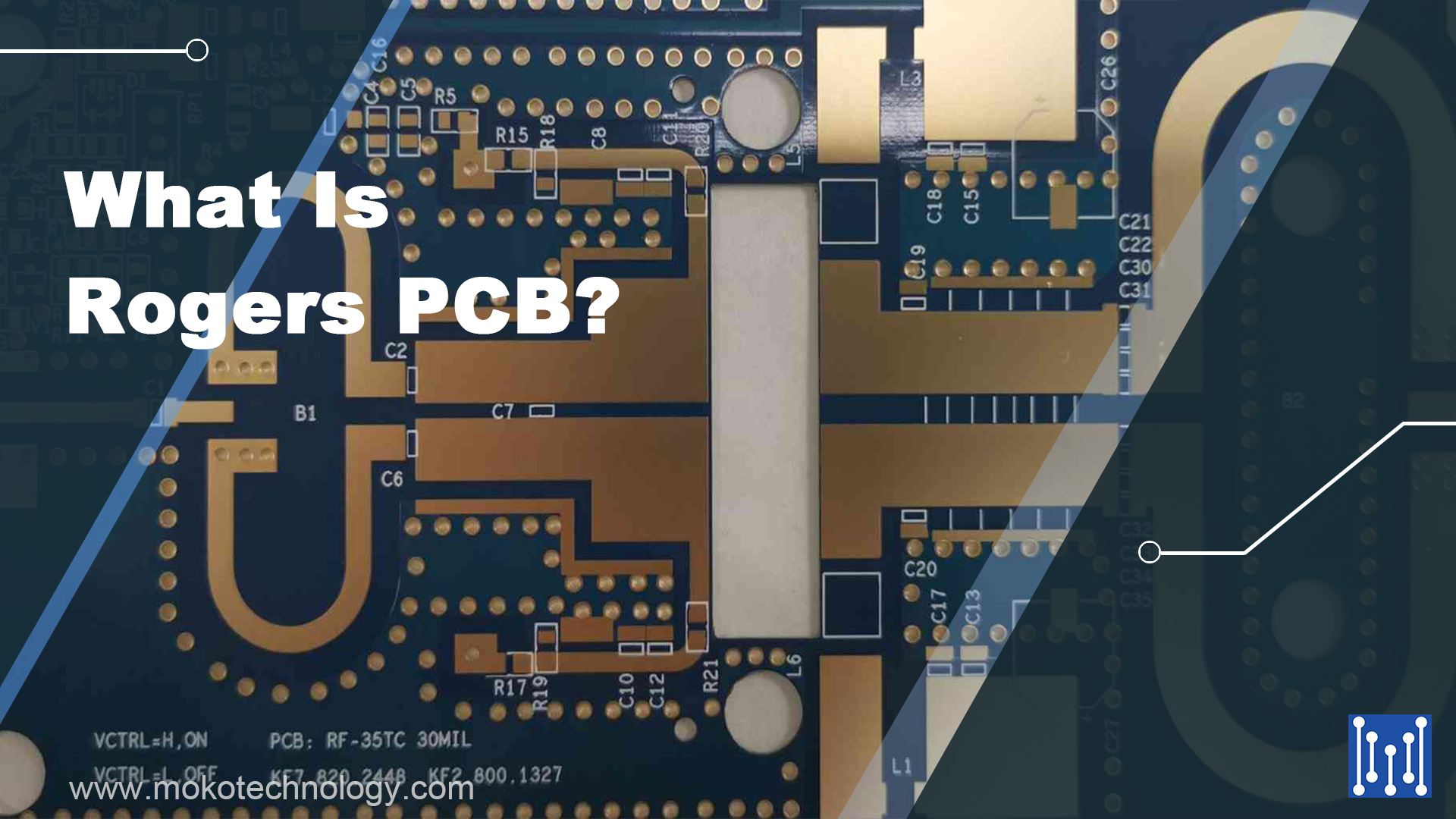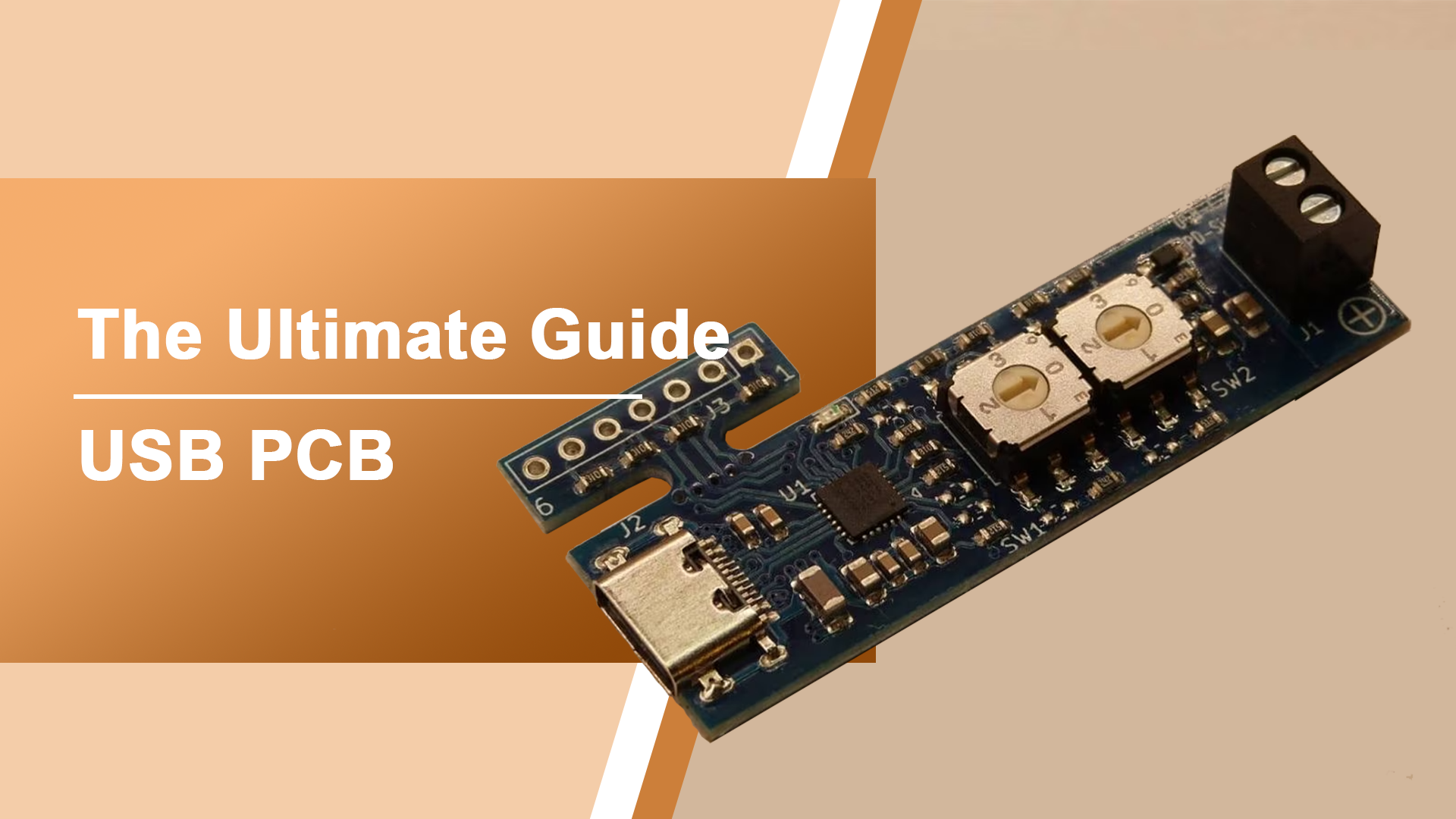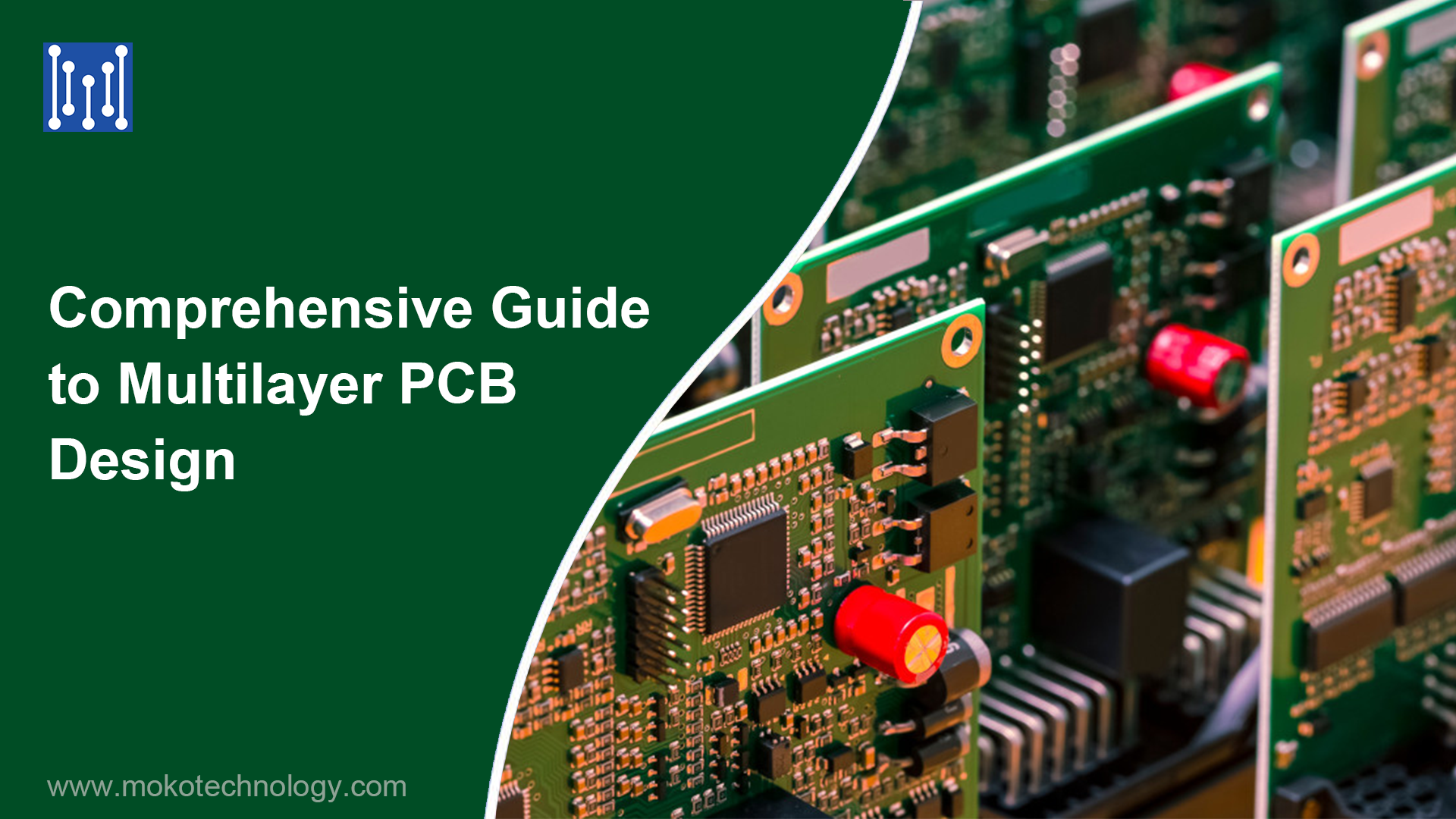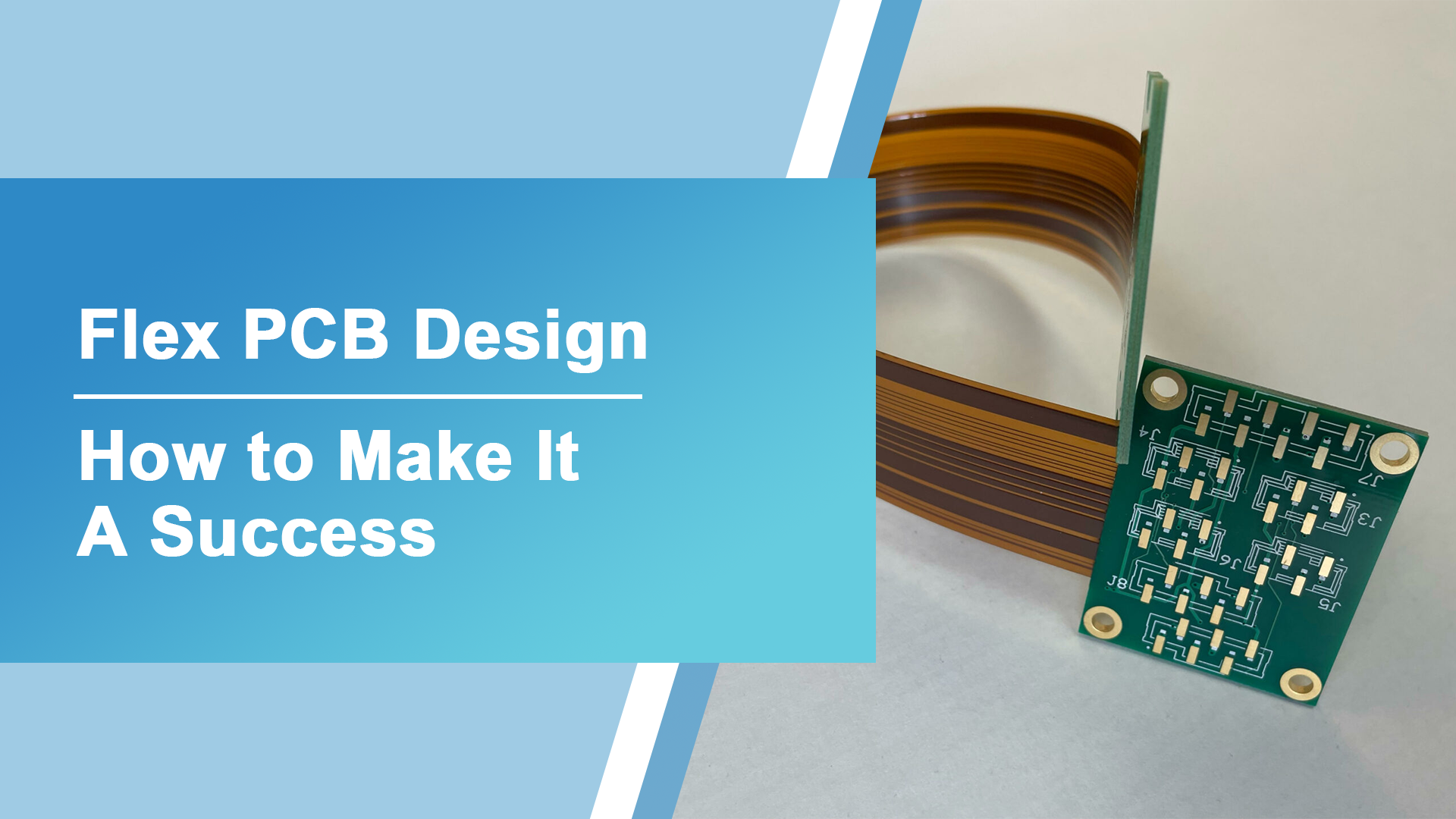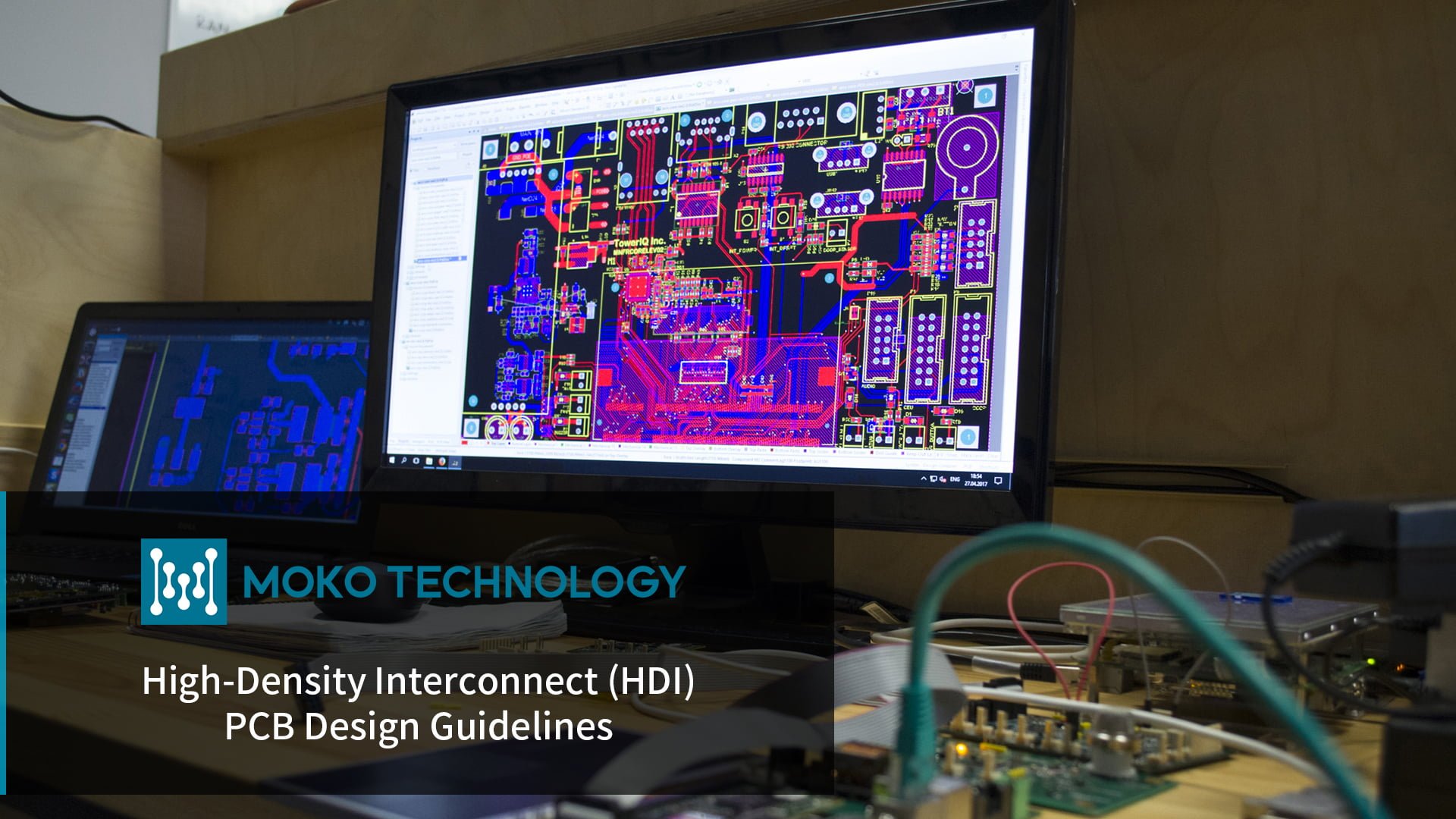PCB Stackup Design Guidelines
People expect electronic products to be rich in functions, but also require them to be small and portable, which brings new challenges to circuit board designers. To achieve this, designers turn to multilayer PCBs, which offer increased space for more signals and electronic circuits to enable greater functionality. However, successful PCB design hinges on careful…
PCB Stackup Design Guidelines Read More »
